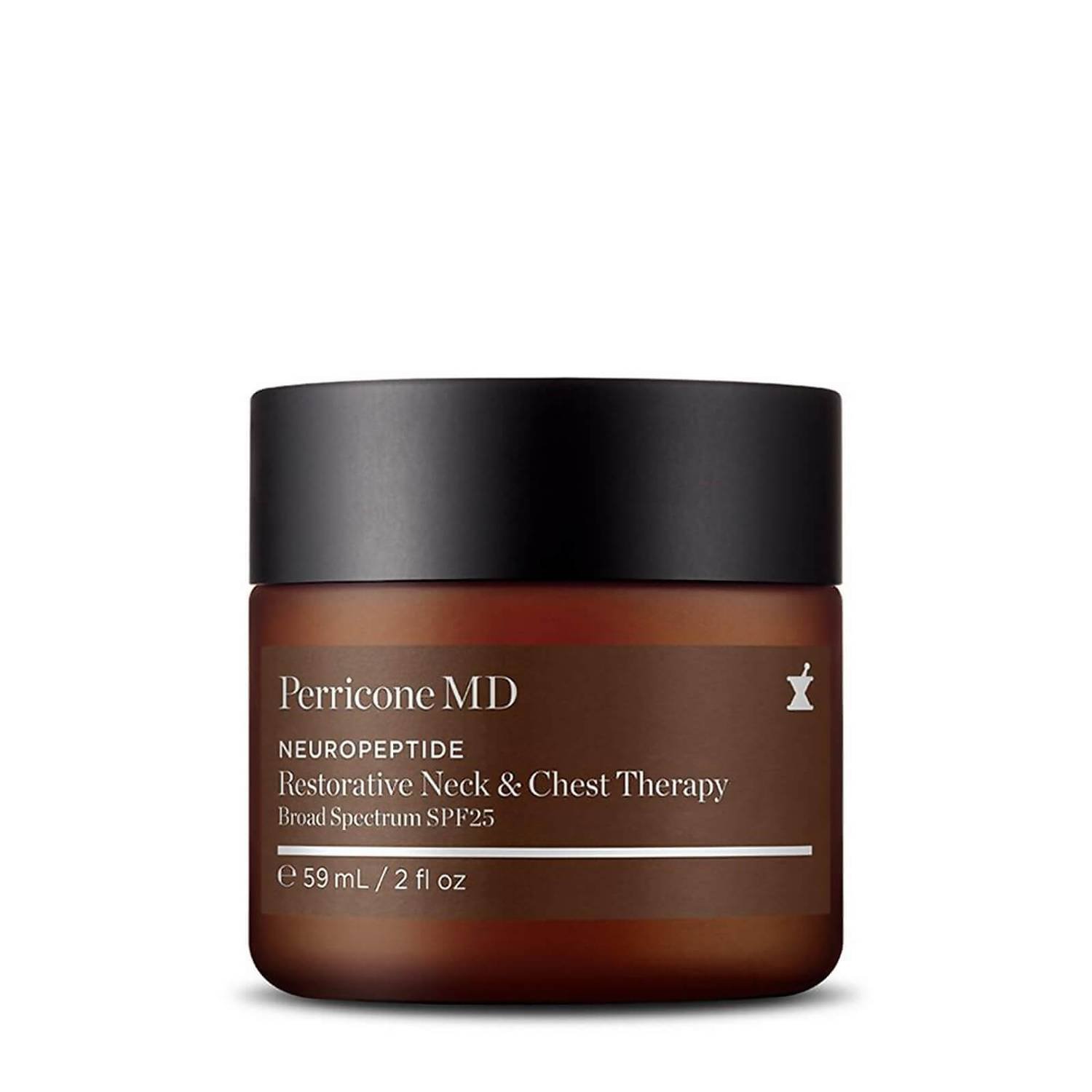Peptides Unraveled: A Complete Guide for Beginners
The buzz around peptides is well truly buzzing. Hailed as the latest beauty superhero, it would be easy to assume that they are the new kid block but peptides have actually been used in skincare for over 40 years. So what’s behind peptide’s new super star status?
Historically peptides have always played more of a supporting role in skincare. One reason for this is because peptides don’t compete against other actives, so they can be paired nicely with a range ingredients, but the truth is, although we knew about their power for rejuvenation, we just didn’t know the best way to deliver them.
Peptides are quite large molecules, making it hard for them to penetrate the skin surface. Without full absorption of the molecule, we weren’t able to get access to all that peptides had to offer. Thankfully science has come a long way since biochemist Loren Pickart first discovered copper peptide in blood plasma in 1973. These days peptides are being harnesses in a whole new way, with advancements in delivery methods meaning peptides can now connect with specific types of skin cells and travel to where they’re most needed.
What are peptides?
The building blocks of proteins, peptides are made up of short chains of amino acids held together by peptide bonds. Responsible for skin function, peptides boost the production of protein, elastin and collagen, essential for tone, texture and elasticity. But that’s not all. Known as “messengers”, peptides are also responsible for sending signals to skin cells telling them to repair themselves.
Unfortunately, as we age, our peptides’ ability to function reduces, meaning less cellular repair and less lovely plumping collagen and elastin. One of the ways we can help slow down this loss of function, is by using products such as vitamin C and SPF to protect our peptides from external aggressors. Another way, is to apply topical peptides on to our skin.
Are there different types of peptides?
Crucial for skin function, it can be helpful to imagine peptides as beads strung on a necklace. The amino acids are the beads and when strung together they create peptides. Like beads on a necklace, these chains of amino acids can be strung up in a variety of orders to create a various peptides, resulting in different effects upon the skin.
Whilst there are hundreds of kinds of peptides, they can all fit within four broad categories – signal, carrier, enzyme inhibitor and neurotransmitter, with each category working in a different way on the skin.
Signal Peptides: Tell the body to produce more collagen and elastin.
Carrier Peptides: Deliver trace elements deep within the skin and aid with wound healing.
Enzyme Inhibitor Peptides: Help prevent the breakdown of collagen.
Neurotransmitter Peptides: Smooth the appearance of lines and wrinkles by preventing the release of a chemical that causes mussels contractions.
Many skincare brands combine several peptides in a single formula for more rounded results.
Anna Harvey, Aesthetician and Skin Specialist Trainer at Thérapie Clinic shares how you can search for Peptides in your products and the best way to use them.
“When looking at the ingredients, you want to see the peptides nearer the top of the list as this shows the product contains a greater amount. They usually end in the word "peptide" or start with the word "palmitoyl", for example "Dipeptide 2, Oligopeptide 51, Palmitoyl Tripeptide 37" are all commonly used.”
One of the most well known and most commonly used peptides is Copper. A carrier peptide, copper aids with wound healing and is famed for its ability to rejuvenate the skin. While Matrixyl, a signal peptide, has developed somewhat of a cult status for its collagen stimulating abilities.
Yet another benefit of peptides is that they come with a very low risk of irritation, making them suitable for all skin types, including even the most sensitives of skins . It also means they can easily be combined with other actives for accelerated results.
“To maximise the benefits of peptides, they also work great with other ingredients such as hyaluronic acid, vitamin C and antioxidants depending on the skin concern.” Anne Harvey explains. “However It is best practice not to mix peptides with AHAs, such as glycolic acid as this can hinder their efficiency”.
Anne also recommends using leave on products rather than rinse off in order to get the most out of your peptides.
Science class over, its time to get familia with this skin-savvy ingredient. Read on to discover our edit of the very best peptide products to try now.



























